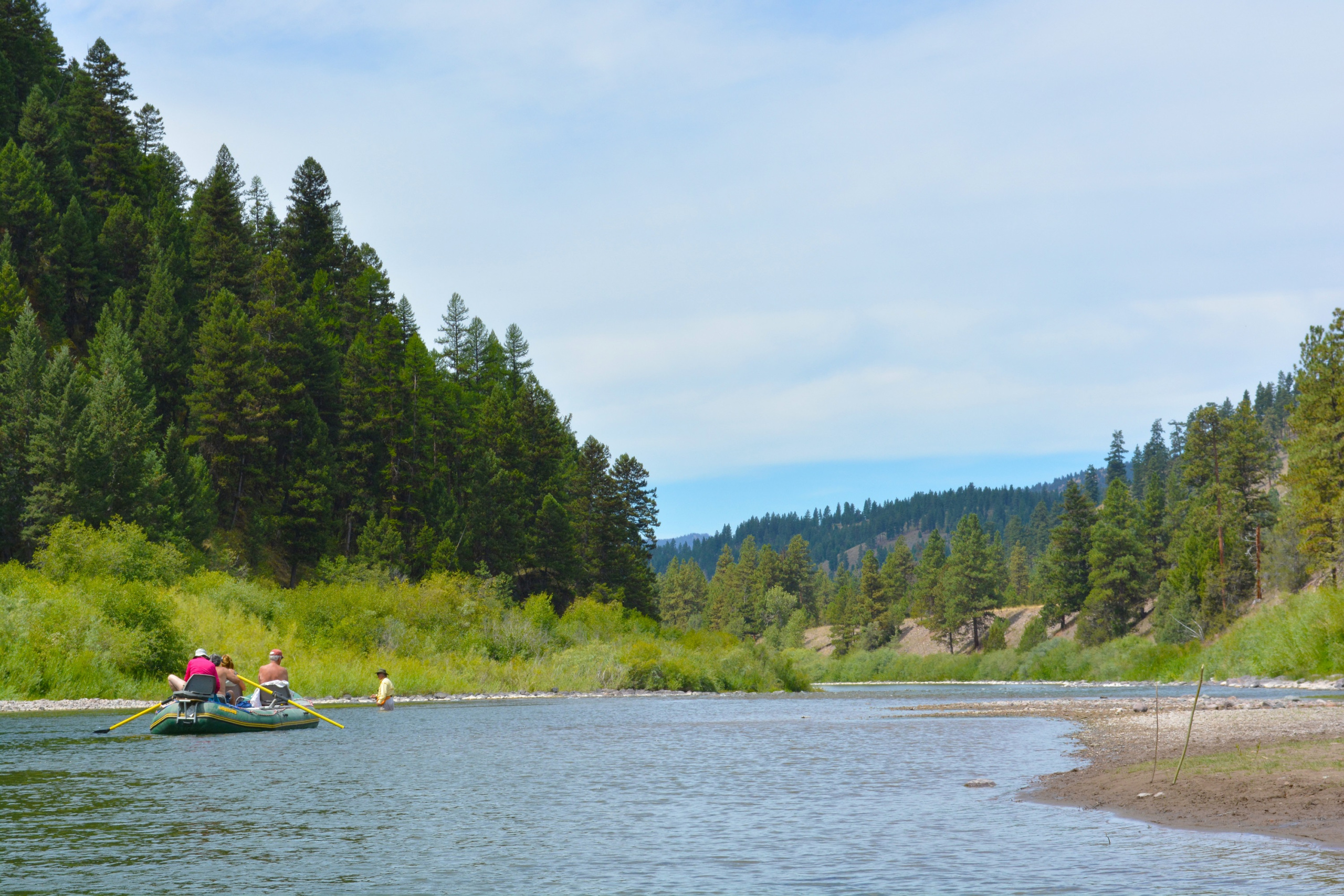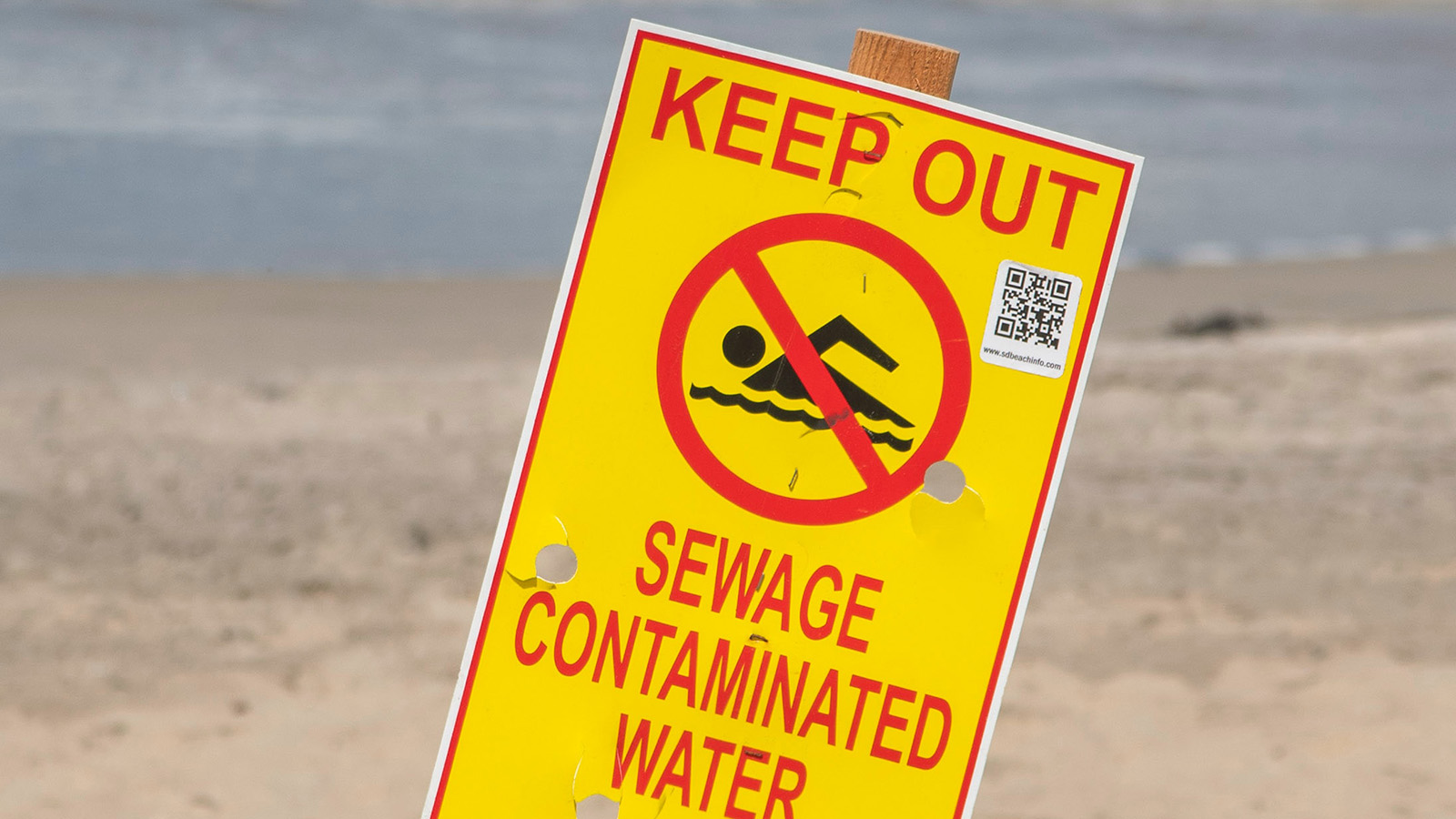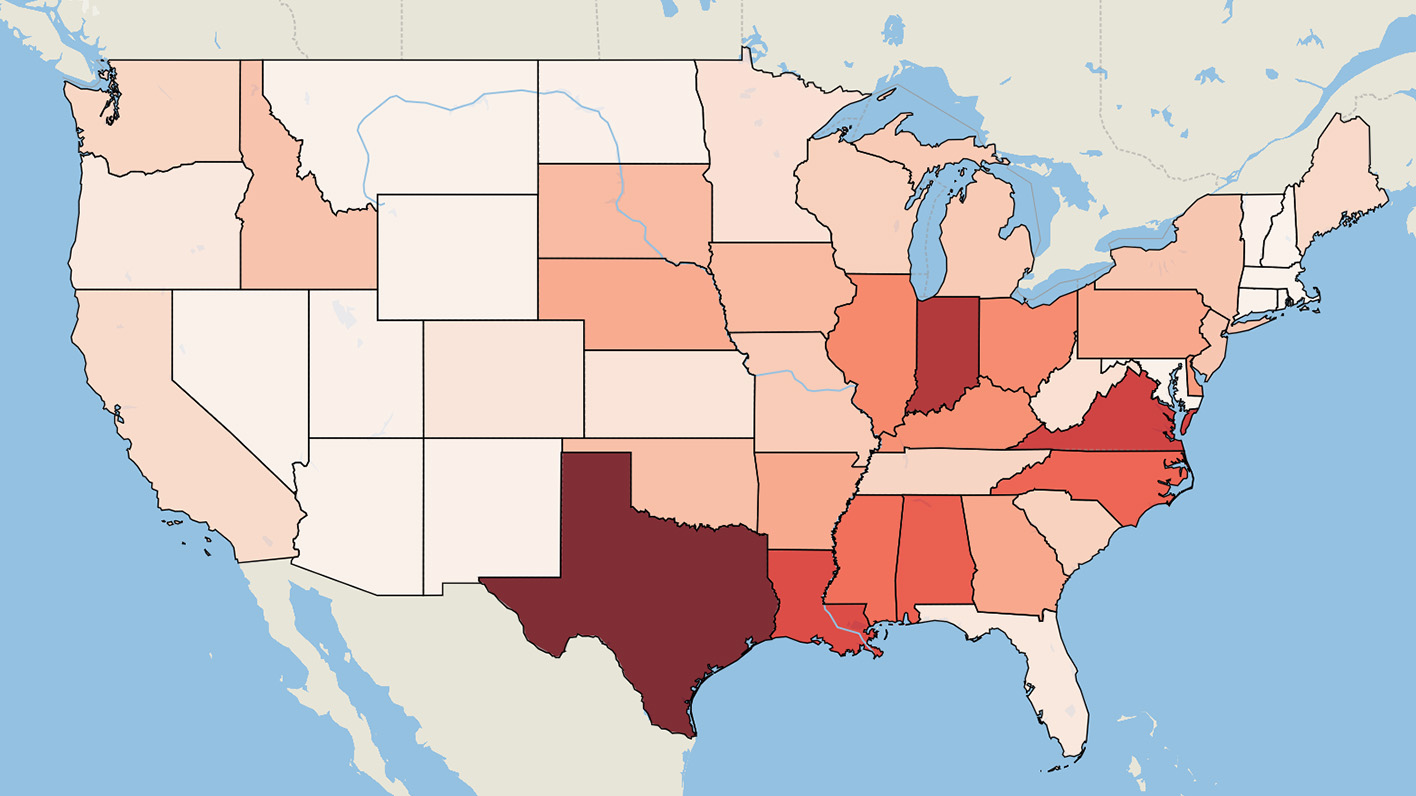
Rough Waters Ahead
The Impact of the Trump Administration’s EPA Budget Cuts on Montana’s Waterways
The U.S. Environmental Protection Agency has been essential to cleaning up and protecting water quality in Montana, but the Trump administration has proposed deep cuts to the EPA’s budget. Rough Waters Ahead provides case studies of how the EPA has been critical to ensuring clean water in Montana, and why the proposed budget could undermine the agency’s ability to deter pollution and restore the state's waterways.

Montana’s waterways are critical to the health and welfare of our families, our communities, and wildlife.
Montana’s natural beauty hides major challenges facing our waterways. Fish and other aquatic wildlife struggle to survive in some of our rivers and streams, not all residents have safe water to drink, and mining wastes pollute many of the state’s waterways. But, with the dedicated work of local, state and federal governments – along with residents – the long process of restoring Montana’s waterways to health is underway.
The U.S. Environmental Protection Agency has been essential to those efforts – supporting and working with state and local officials and residents to keep pollution out of our waterways, hold polluters accountable, restore degraded waterways to health, and study and monitor Montana’s waterways to ensure their future health and safety.
That progress is now in jeopardy. The Trump administration has proposed deep and devastating cuts to the EPA’s budget. Even if the president’s proposed cuts are scaled back by Congress, they would still have profound negative impacts on the agency’s ability to deter pollution from mines, oil spills, logging, sewage treatment plants, runoff and other sources, while undercutting efforts to restore lakes, rivers and streams across Montana.
We need a strong EPA with sufficient resources to support local cleanup efforts and to partner with state government and communities to protect and restore Montana’s waterways.
Montana’s lakes, rivers and streams are being protected and restored with funding and effort from the EPA. The EPA has worked to:
- Keep pollution out of our waterways: The Bitterroot River is the third-most heavily fished trout river in Montana. Angling interest in the Bitterroot has, in part, resulted from efforts to counteract historic water pollution issues, such as sediment, nutrient loading, elevated temperature, and metal pollution. The Montana Department of Environmental Quality and the EPA have collaborated since 2003 to set pollution limits to restore the Bitterroot watershed. As a result of these limits and extensive restoration efforts, the Bitterroot watershed is now on the path to recovery. For example, Meadow Creek, a stream in the headwaters of the Bitterroot River that could not support aquatic life due to sediment pollution and damage caused by overgrazing, had so improved by 2016 that the state no longer classified it as impaired. It now offers healthy habitat for aquatic life.
- Hold polluters accountable: Nearly a century of mining and smelting contaminated Silver Bow Creek with heavy metals, rendering the water so toxic that the creek had no fish. In 1983, the EPA designated the Silver Bow Creek/Butte Area on the upper Clark Fork as a Superfund site, and the agency has enforced and overseen the creek’s cleanup by Atlantic Richfield Company and 25 other polluters. Work has included removing contaminated tailings, reforming a natural channel in the creek, and restoring riparian and aquatic habitat, all of which has returned a wild and native trout fishery to Silver Bow Creek. The EPA continues to oversee the final stages of cleanup and long-term monitoring of the area.
- Restore waterways to health: Logging and grazing in the Swan River Valley dumped sediment into the valley’s creeks, threatening native bull trout populations. The Montana Department of Environmental Quality used EPA funding to support Swan Valley Connections’ work to help educate local landowners about forestry practices such as buffer zones that counter erosion and protect bull trout. Swan Valley Connections’ close collaboration with landowners across the Swan Valley cut sediment loading by at least a third, resulting in better river conditions.. The Montana Department of Environmental Quality recently received additional EPA funding to remove old bridge abutments and collaborate with the U.S. Forest Service to study additional options to reduce runoff from logging roads.
- Conduct research and educate the public: Researchers at Little Big Horn College and Montana State University who received EPA funding surveyed water quality in hundreds of homes on the Crow Reservation, finding metal, nitrate and bacteria contamination from polluted groundwater and streams in more than half of homes tested. The research team’s findings allowed members of the Crow tribe to better understand drinking water threats and to obtain tools to protect public health, such as water coolers and home filtration systems.
Table ES-1. How Clean Water in Montana Depends on the EPA
| Montana’s waters are cleaner because the EPA: | The EPA continues to protect clean water by: |
| Collaborated with the state to set pollution limits for the Bitterroot River Watershed | Funding the Montana Department of Environmental Quality’s water pollution control program |
| Supported the state drinking water supervision program, which detected and stepped in to correct pollution in the Whitehall water supply | Funding the state’s public water system supervision program, which ensures the implementation of the Safe Drinking Water Act in Montana |
| Identified the polluters responsible for contaminating Silver Bow Creek and enforced and monitored cleanup | Overseeing final stages of cleanup in Silver Bow Creek and long-term monitoring, enforcing cleanup at 17 other Superfund sites across Montana |
| Helped fund local groups to restore the Blackfoot watershed | Funding restoration efforts across the state |
| Supported collaboration with landowners to improve forestry practices in the Swan River Valley | Funding projects to improve land management and decrease runoff pollution across Montana |
| Supported research that surveyed hundreds of tribal homes and improved access to clean water on the Crow Reservation | Supporting research into new threats to water quality and human health impacts of water pollution |
The Trump administration’s proposed cuts to the EPA budget put these and other critical programs in danger – threatening the future health of Montana’s waterways.
- Many federal grants from the EPA to state governments for clean water would be slashed by 30 percent or more – making it more difficult for already cash-strapped state agencies to do their jobs and delaying important locally led cleanup efforts. For example, the proposed budget would end grants to state governments and tribal agencies to address pollution from farms, stormwater runoff and other dispersed sources.
- Research and development funding would be cut by 47 percent, limiting support for scientists, residents and local communities trying to understand the ever-changing threats facing their waterways. For instance, the EPA’s Safe and Sustainable Water Resources research program, which supports science and technology research to protect drinking water, would be cut by more than a third.
- Funding for EPA’s Superfund cleanup program would be reduced by 30 percent, slowing progress on existing cleanup sites and preventing new cleanups from being added.
- Overall, the EPA budget would be reduced by 31 percent.
Even if Congress makes some of these budget cuts less drastic, Montana’s waterways will still suffer without full funding of EPA programs.
Table ES-2. Estimated EPA Grant Funding Losses to Montana if Trump Administration’s Proposed Budget Is Enacted (table shows selected programs)
| Program (most recent year for which data are available) | Funding in most recent year | Estimated lost funding due to proposed Trump admin. cuts |
| Water Pollution Control Grants (FY16) |
$2,404,000 |
$721,200 |
| Nonpoint Pollution Control Grants (FY16) |
$893,706 |
$893,706 |
| Drinking Water Protection and Enforcement Grants (FY17) |
$1,360,000 |
$408,000 |
| Superfund-Related Grants (FY17) |
$3,497,656 |
$1,049,297 |
| TOTAL |
$8,155,362 |
$3,072,203 |
Note: Estimates are calculated assuming EPA budget cuts affect all states by the same percentage. Reductions are based on grants from most recent fiscal year.
The job of cleaning up and protecting Montana’s streams, river and lakes is not done. Only a well-funded EPA can continue the region’s legacy of progress in cleaning up Montana’s waterways and ensure that they are healthy and safe for us and future generations to enjoy.
Topics
Authors
Elizabeth Ridlington
Associate Director and Senior Policy Analyst, Frontier Group
Elizabeth Ridlington is associate director and senior policy analyst with Frontier Group. She focuses primarily on global warming, toxics, health care and clean vehicles, and has written dozens of reports on these and other subjects. Elizabeth graduated with honors from Harvard with a degree in government. She joined Frontier Group in 2002. She lives in Northern California with her son.
Katherine Eshel
Policy Analyst
Find Out More

Good intentions, bad outcomes. Six ways impervious surfaces harm our cities and the environment

Safe for Swimming?

The Threat of “Forever Chemicals”

